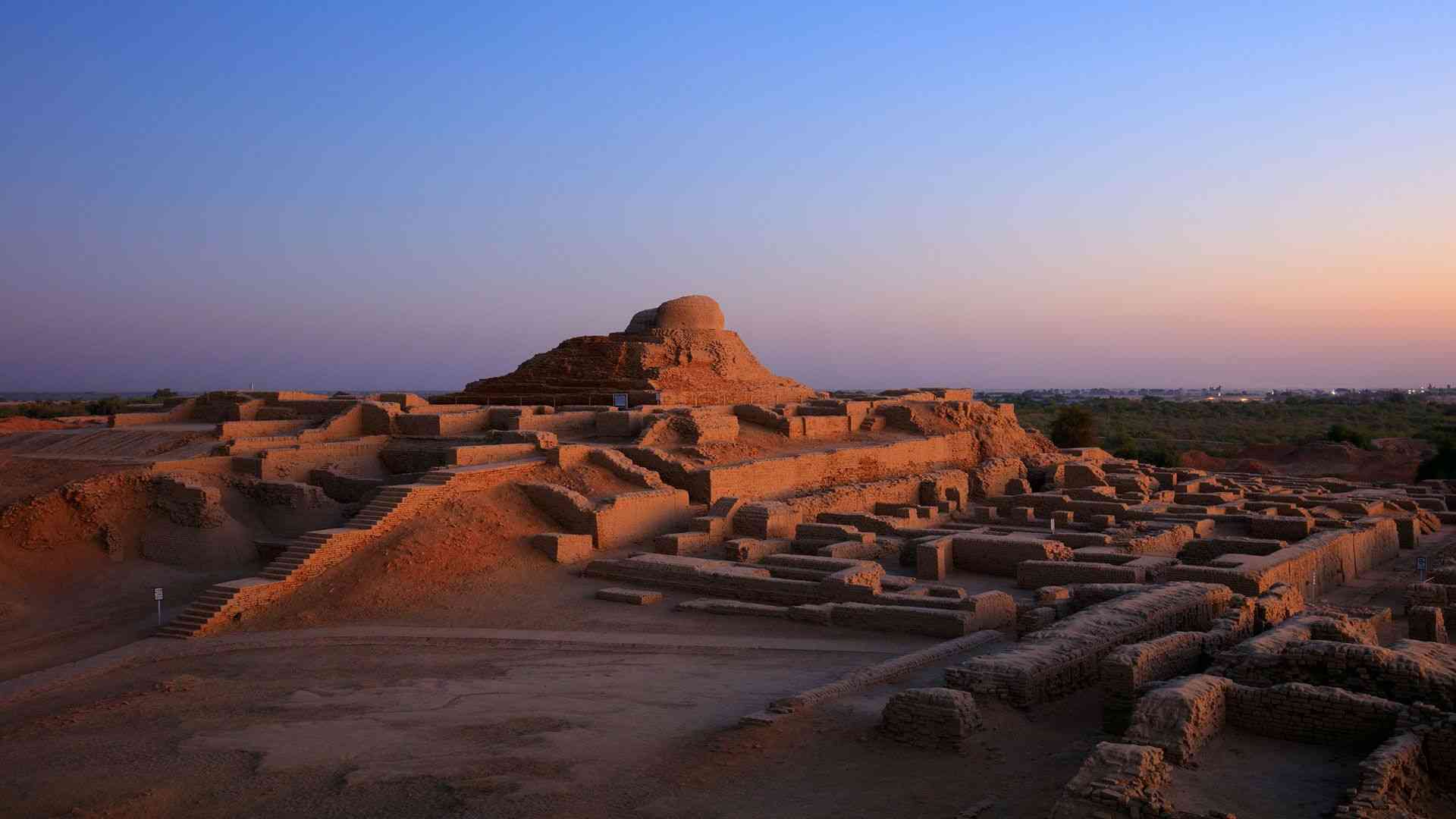India has hosted the world's largest and most advanced civilizations. Empires have been established and destroyed in the Indian region much earlier than other regions in the world. From this point of view, it can be said that India is a pioneer in terms of world history. India's very fertile wide forehead lands have been the home shards of many civilizations. Indus Valley Civilization is one of the civilizations that we encounter in this amazing historical adventure dating back to 3400 BC.

Although Indus valley civilization lived about 5,500 years ago, it is a civilization that amazes people with its level of development. Indus Valley Civilization, also known as Harappa Civilization, was located in the region extending from northeast Afghanistan to Pakistan and northwest of India in today's geography between 3300-1300 BC.
This civilization, the oldest city civilization in South Asia, was formed around the Indus valley and spread over a very large area. The discovery of civilization coincides with 1921. It was found in the ancient settlements of Harappa in Punjab province of Pakistan in 1921 and Mohenco-daro in Sind province in 1922. In addition to the city of Harappa and Mohenco-daro, it is known that it consists of many towns and villages. Archaeologists have not yet been able to decode the 250- to 500 character alphabet of this civilization.

In the fertile plains of Indus River, civilization, which develops techniques to prevent floods and provide more productive agriculture, is mainly cultivated in wheat, barley, peas, cotton and sesame, and cats, dogs, cattle, poultry, buffalo, pigs and camels are domesticated. It is understood from ivory jewelry that the elephant was domesticated.
It can be deduced that they were developed in writing and carving art because, aside from the alphabet, many stamps were found in archaeological excavations in the region. These finely embroidered seals feature human, animal and Shiva figures. Accompanied by these findings, it can be said that Harappans trade with Mesopotomian and Egyptian civilizations. In addition to seal engraving, metal processing such as copper, tin, bronze, lead is also very common in this early empire.

Its population is thought to be more than five million in the brightest period of Indus Valley Civilization. The cities in Indus attract attention with their technical and political methods regarding urban planning, urban environmental design and land use. Civilization is also known for its brick houses, detailed sewage systems, water supply systems and clustering of non-residential buildings.
Harappa was a city located on the borders of Pakistan and surrounded by city walls. Approximately 23,500 people lived in the carved houses built with clay and red sand and flat roofs. The city was built on 150 hectares and had administrative and religious centers surrounded by walls in the same way as used in Mohenjo-daro.Similar structures are seen in the same order in both big cities, the question of how this order might have been achieved leads us to the answer that the administration is very meticulous.

The Harappians displayed advanced architectural examples with shipyards, granaries, warehouses, brick floors and city walls. These gigantic walls are thought to protect Harappans from floods and prevent military conflicts. Unlike Mesopotamia and Ancient Egypt, the inhabitants of Indus Civilization had not built large, monumental structures. There is no clear evidence of the existence of palaces or temples - even kings, armies, and priests - and granaries are likely to be the largest structures of the time. In the city of Mohenjo-daro, there was the Great Bath, which is thought to be a large public social area.
Little is known about the languages and religions of the Harappians. Three forked figures and signs similar to the plant are seen in clay and stone tablets, written from right to left, in the clay and stone tablets of the 3300-3200 BC. There is serious debate as to whether these are encrypted languages and whether they are linked to the Indo-European and south Indian language family. As written above, the Indus script is still unresolved since there are no symbols to compare.
The religious beliefs of the Harappans are also controversial. It is believed that the Harappians worshiped a mother goddess representing reproduction. Unlike the Egyptian and Mesopotamian Civilizations, there are no temples or palaces in the Indus Valley Civilization that provide clear evidence of religious rituals or believing in a particular god.

Historians make informed predictions about the social structure of Harappa civilization based on existing artifacts and physical structures. Some experts suggest theories that the Indus Valley Civilization does not have rulers as we know it and that everyone has an equal status. Evidence for this conclusion can be demonstrated: As a result of the death analysis of the remains of the bodies and the graves, it was revealed that many of the Harappa residents were equal in health and did not have many elite funerals.
The Indus Valley Empire fell in the 1800s before Christ and then collapsed. This civilization, which disappears very quickly, is still a matter of curiosity. The reasons for its collapse are still unresolved, but many theories have been put forward with this.
Thanks ALL!!


